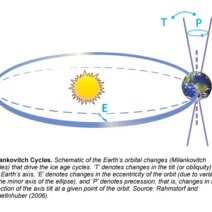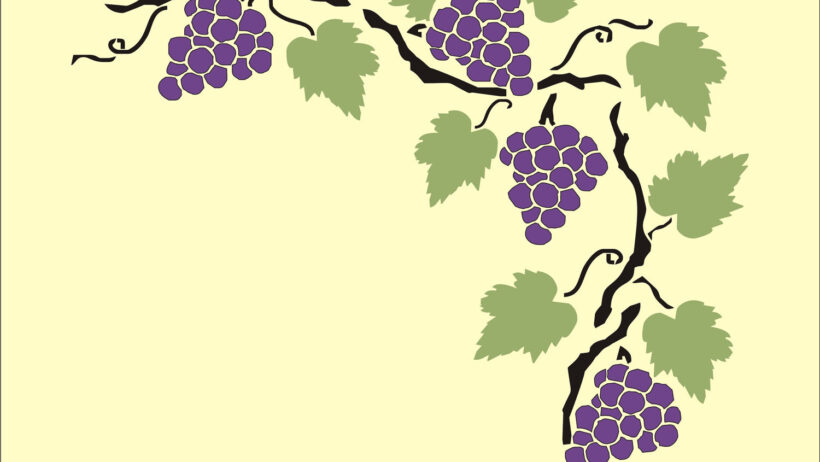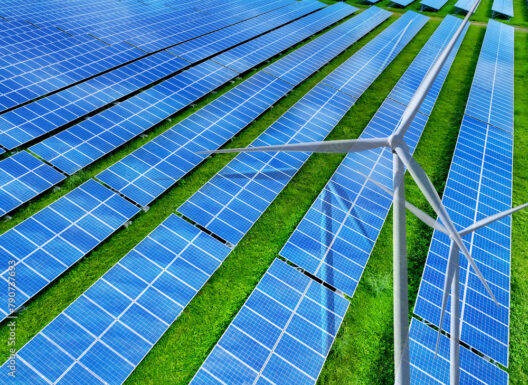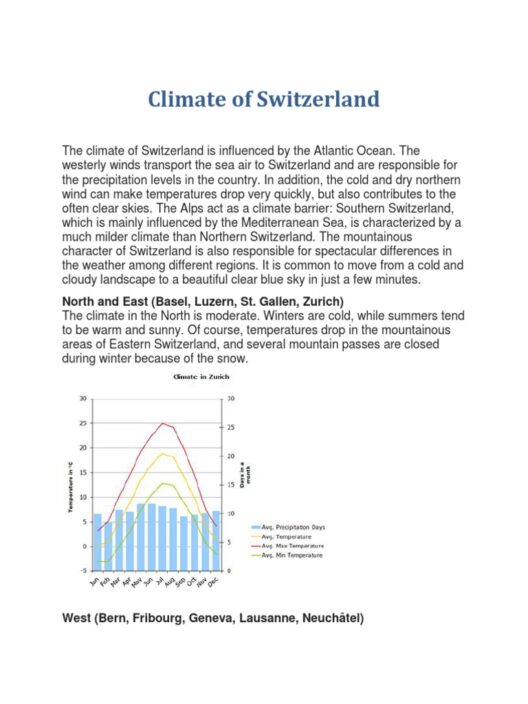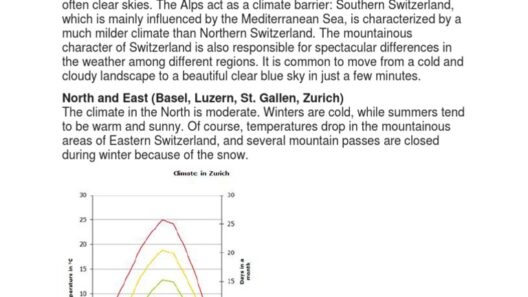In the heart of viticulture lies an intricate interplay between climate and the enigma of the vine. Understanding what climate incentivizes the best grape production is akin to deciphering a complex equation, one where the variables of temperature, humidity, sunlight, and precipitation orchestrate the symphony of growth. This relationship illustrates how vines, like a finely tuned instrument, resonate harmoniously within their environment, producing fruit that reflects not just the soil but also the ethos of the atmosphere in which they thrive.
The journey begins with a crucial element: temperature. Grapevines are unmistakably temperate beings, requiring a delicate balance of heat and cooling reprieve. Regions that reach around 70°F to 85°F during the day without exceeding oppressive warmth favor photosynthesis, an essential process for grape ripening. However, as the sun dips below the horizon, a drop in temperature fosters the development of acidity within the grapes. This balance is vital; too much heat can translate into overly sugary, flabby wines, while too little warmth stunts growth and flavor development. Therefore, locales blessed with temperate climates, such as the Bordeaux region in France or Napa Valley in California, often produce the most acclaimed varietals, where the interplay of daily highs and nightly cooling acts as an alchemical process in the vineyard.
Humidity, another subtle yet potent factor, breathes life into grapevines. The presence of moisture in the air stimulates growth, enhancing the vines’ ability to absorb water through their roots. However, it presents a double-edged sword; excessive humidity can lead to maladies such as mildew and rot. An ideal climate exhibits a gentle balance—enough humidity to nourish the vine, yet not so much that it invites disease. Dry regions, like parts of Southern Australia, exhibit excellent conditions by employing irrigation techniques that simulate just the right amount of moisture without succumbing to dampness that invites pests.
Next in this grand equation is sunlight, a precious commodity that cultivates the very essence of the grape. As solar rays penetrate the canopy, they allow chlorophyll to engage in photosynthesis. The result? Grapes brimming with flavor, aroma, and the hallmarks that define varietal character. Moreover, access to sunlight significantly influences the grape’s phenolic compounds, which contribute to color, tannin structure, and the overall sensory profile of the wine. Regions closer to the equator, with abundant sun exposure, can often produce richer, fuller-bodied wines, while cooler climates offer a more nuanced, delicate expression. A case in point is the ethereal elegance of Pinot Noir from Burgundy, where cooler temperatures foster an intricate complexity that transcends mere fruitiness.
Rainfall also plays an enigmatic role in this equation, weaving itself into the growth narrative of grapevines. Grapes require a substantial amount of water—about 600 to 800 mm per year—yet the timing of this water delivery is paramount. A late summer deluge can spell disaster, diluting flavors and inviting rot during harvest. Conversely, too little rainfall can stress the vine, producing concentrated flavors but also small, unyielding grapes. Thus, viticulturists obsess over annual rainfall totals, deploying irrigation strategies to temper unpredictable weather patterns while striving for the zenith of flavor.
Further complicating this intricate tapestry is the phenomenon of terroir, a French term that transcends simple geographical confines. Terroir embodies the confluence of climate, soil type, topography, and human influence, crafting a narrative as unique as the vines themselves. In a world increasingly embroiled in the throes of climate change, understanding terroir becomes more critical than ever. The subtle shifts in temperature, rainfall patterns, and the encapsulating environment influence which varietals thrive. Regions once lauded for their wines may find themselves in uncharted territory, while new locales emerge, ripe for exploration. Climate change, a pervasive force, complicates the grape equation, altering established growing zones and challenging the palates of tomorrow’s wine enthusiasts.
Through the lens of climate variability, one begins to realize that winemaking is not merely agricultural production—it’s a dynamic narrative that reflects the broader ecological system. Grapevines are sentinels of change, alerting us to the shifts in climate that threaten not just wine but entire ecosystems. As warm weather systems migrate and precipitation levels fluctuate, the grapevine’s response serves both as an indicator and a harbinger of broader environmental changes.
In response to these staggering challenges, adaptive viticulture emerges as a beacon of hope. This innovative practice necessitates a re-evaluation of traditional grape-growing strategies to align with the ever-evolving climate reality. Selecting resilient grape varieties, altering planting dates, and even reconfiguring vineyard landscapes exemplify the proactive measures being taken by vintners who recognize the gravity of the moment. Just as the vine adapts to its environment to flourish, so too must humanity adjust its approach to viticulture and the interconnected realm of nature.
Ultimately, the grape equation casts a spotlight on our understanding of climate and ecology. We are confronted with a powerful metaphor; just as the grapevine is able to flourish amidst the confluence of diverse climatic elements, so too must we cultivate a collective resolve to address climate change. In this harmonious quest, we might safeguard not only the arts of winemaking and viticulture but also the integrity of our planet for generations to come. In every bottle of wine lies a story of resilience—a vivid reminder that the success of the grapevine invites us on a journey to not just enjoy its fruits but to advocate for the symbiosis of our entire ecosystem.

